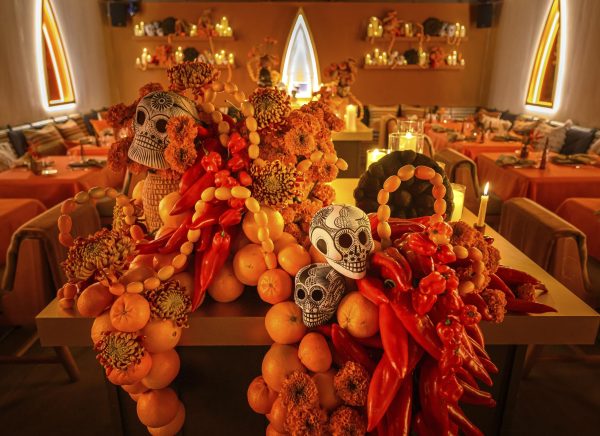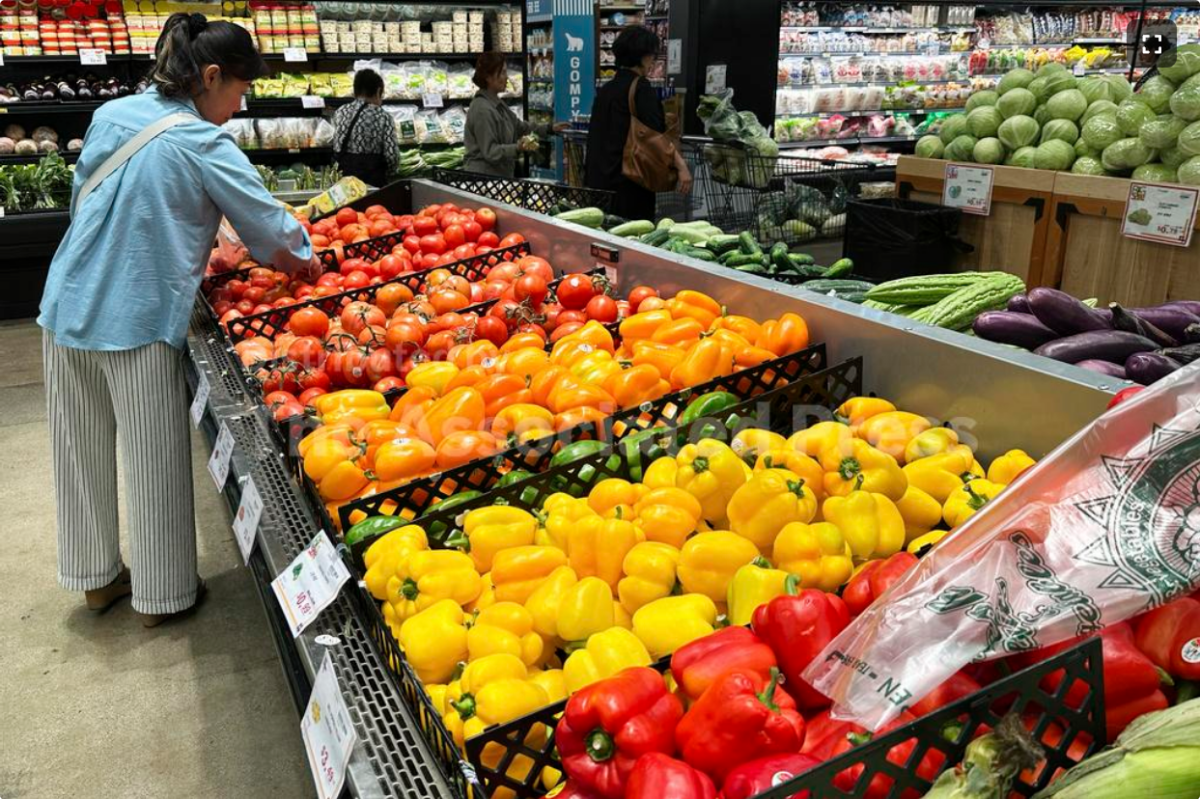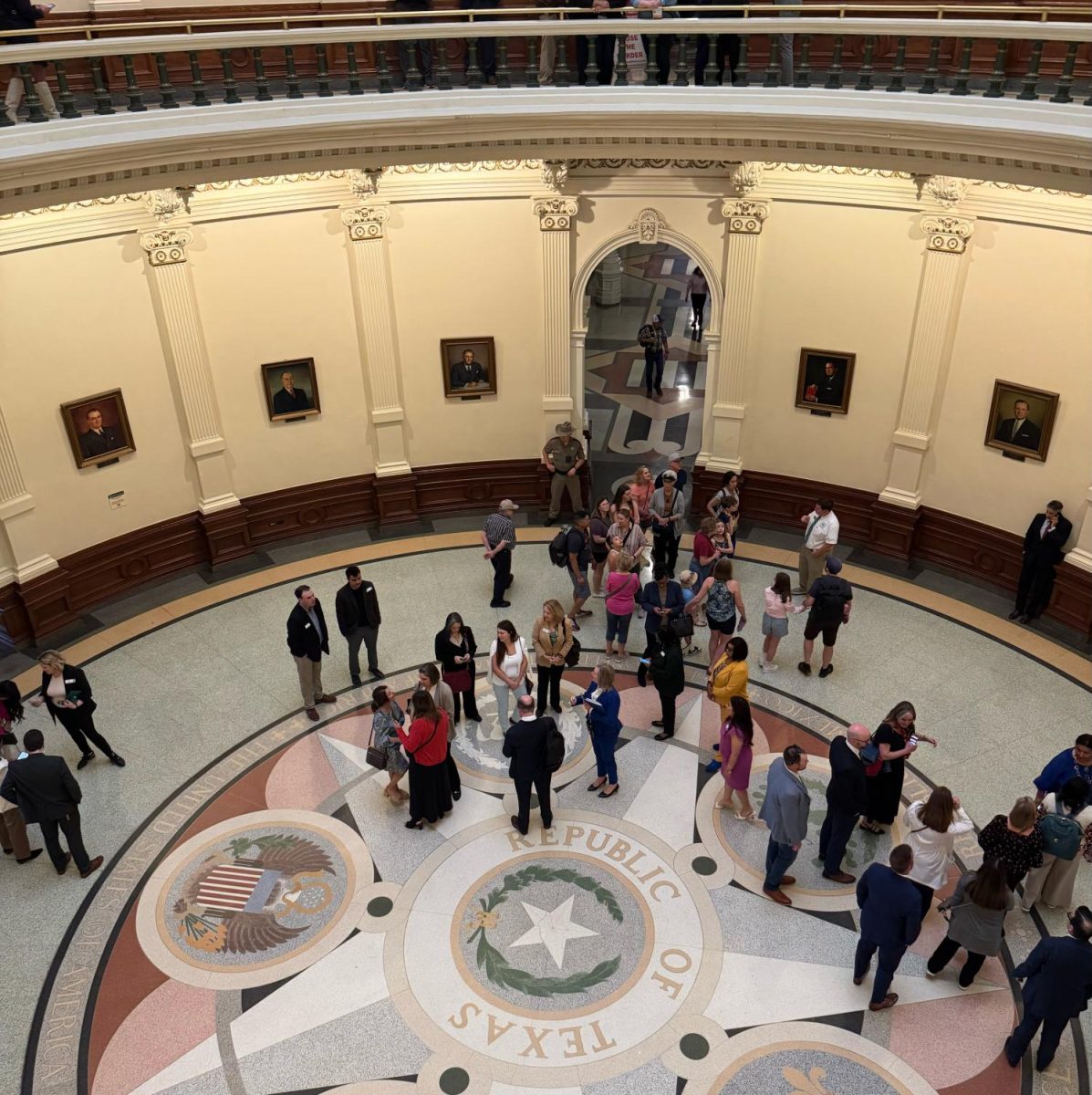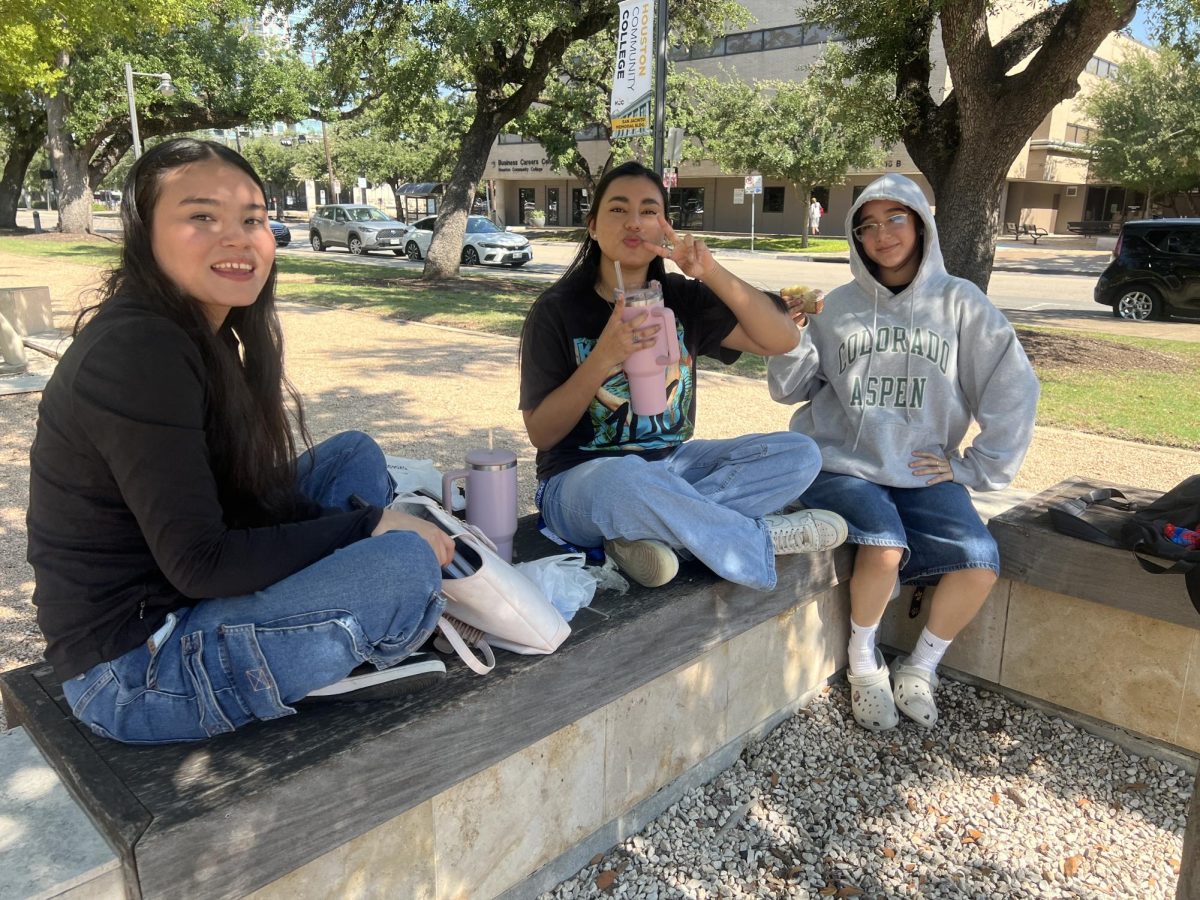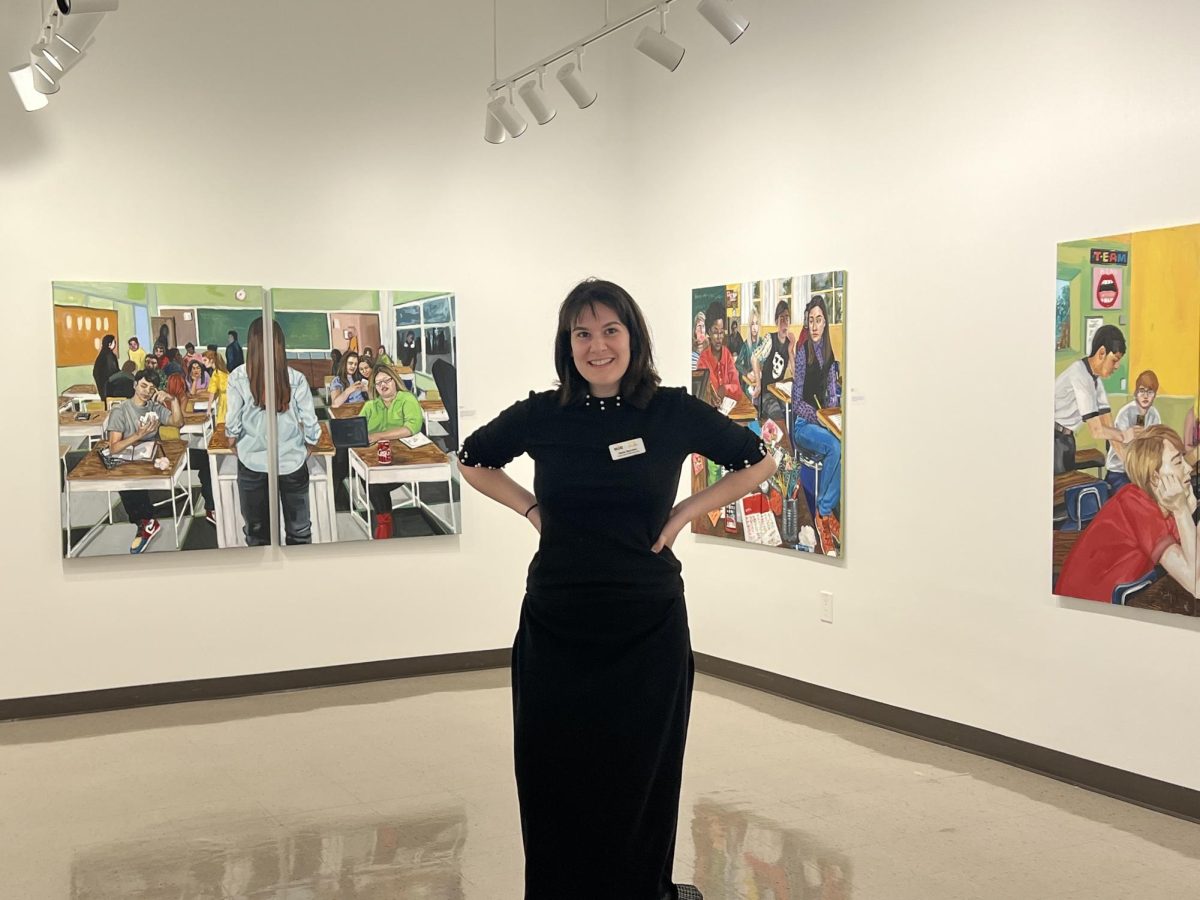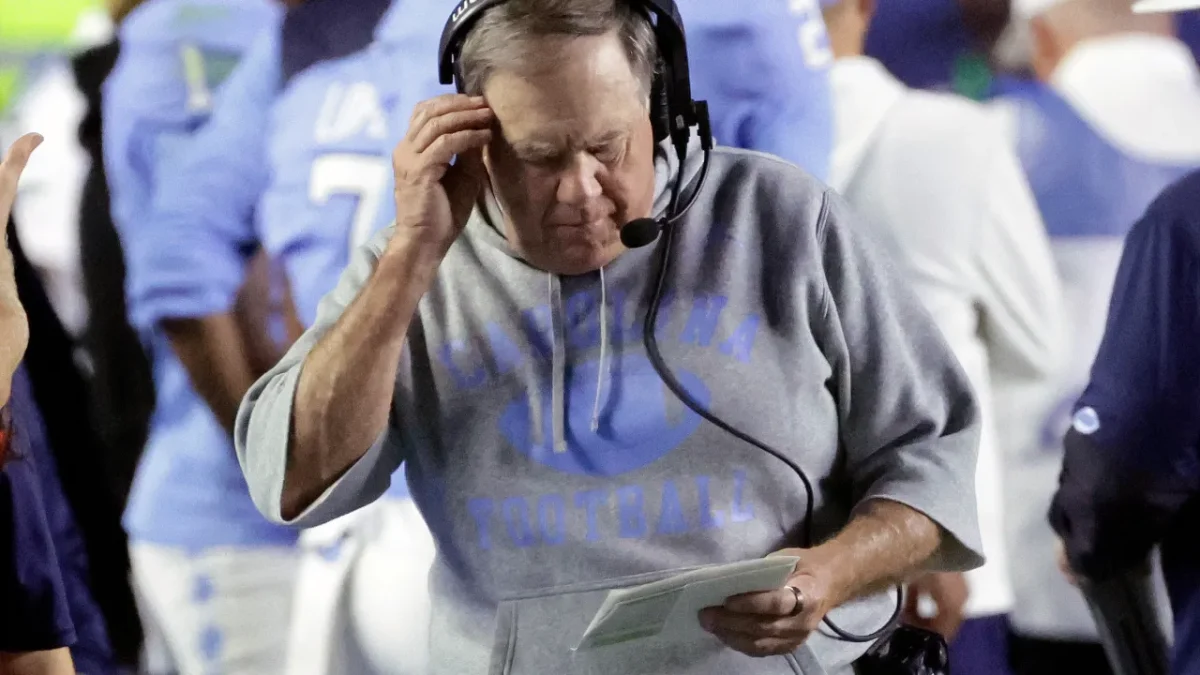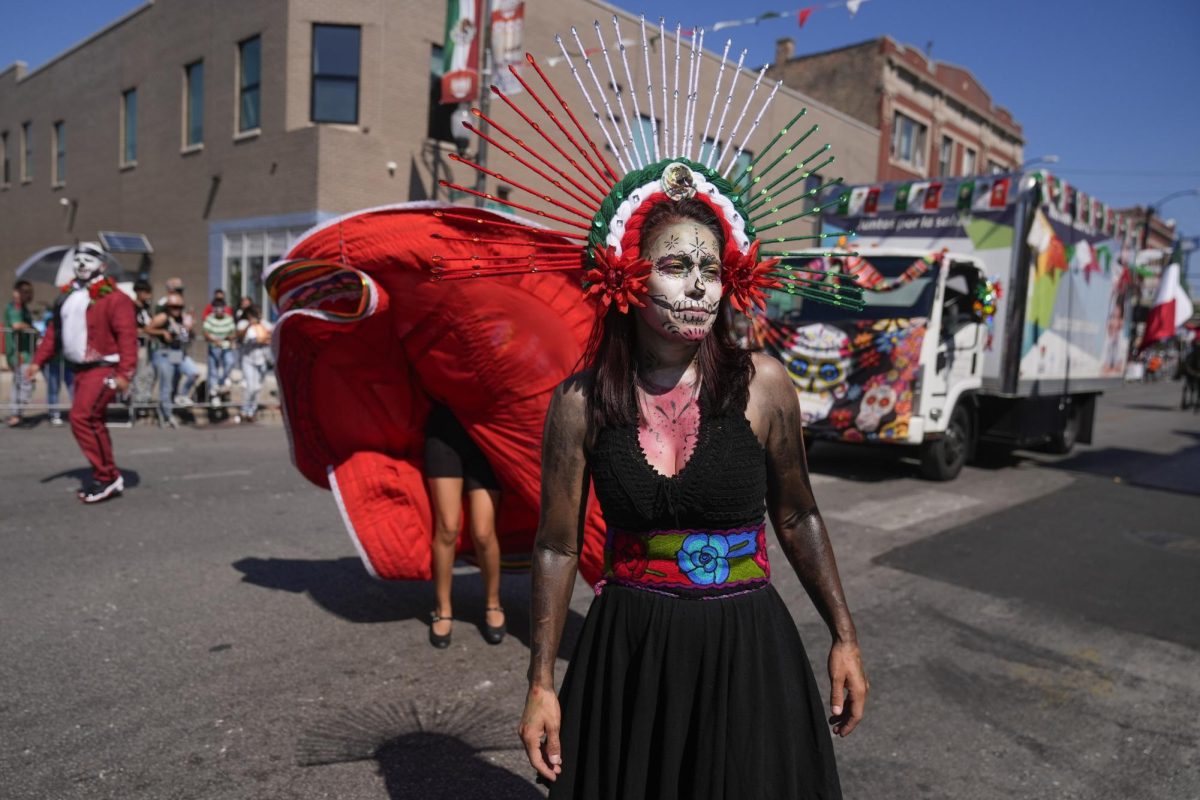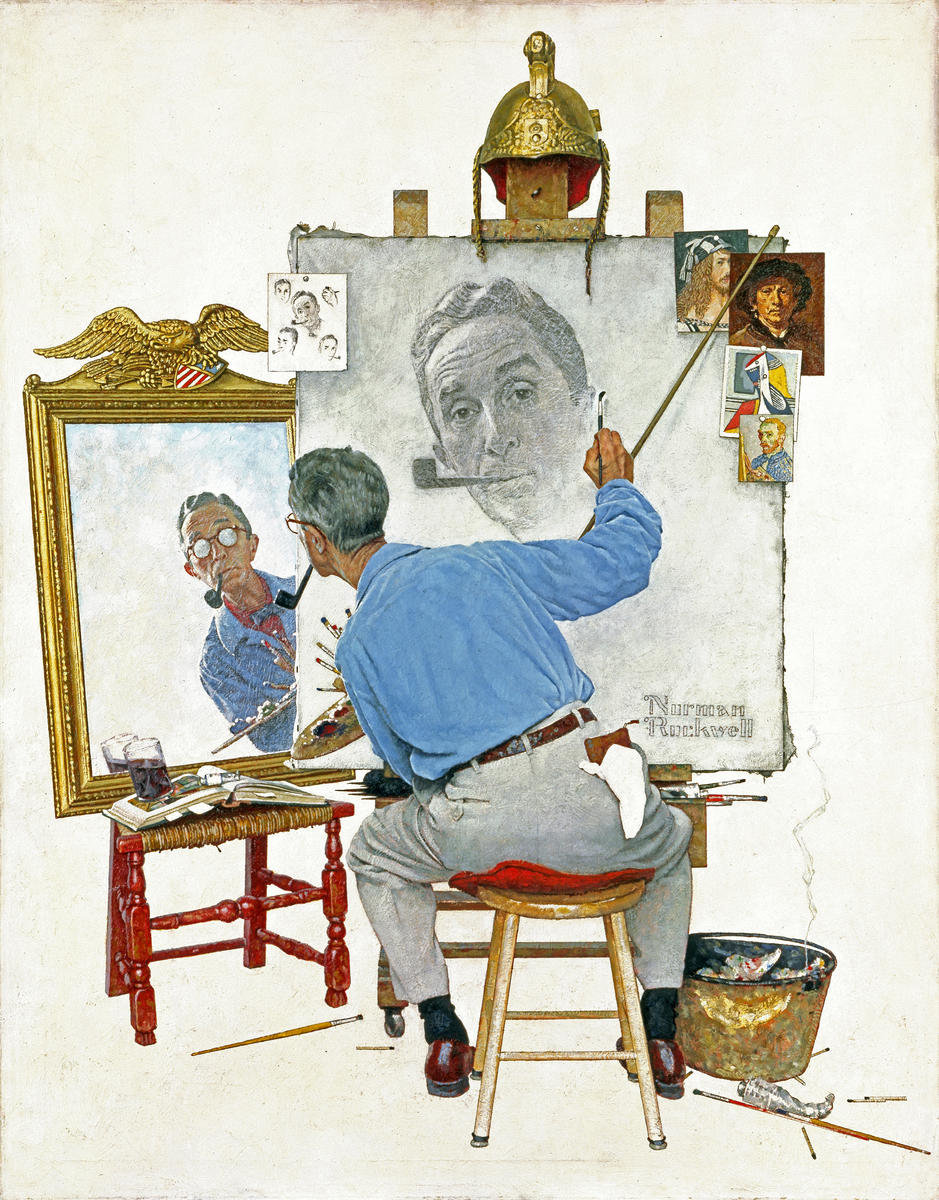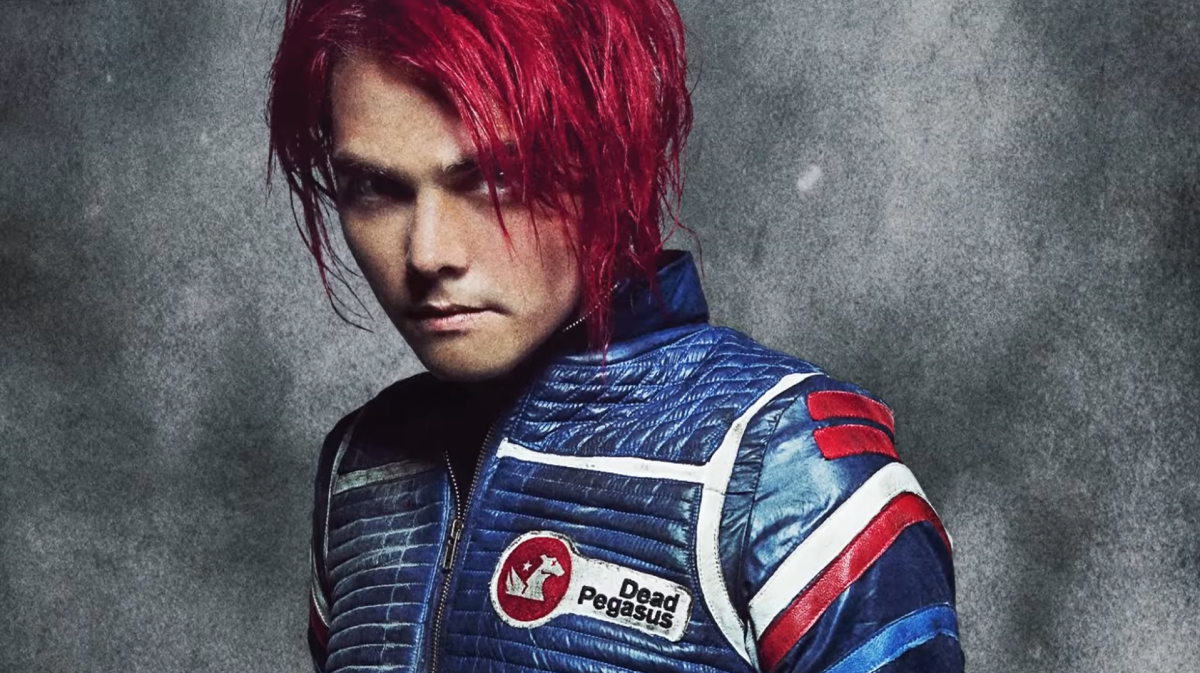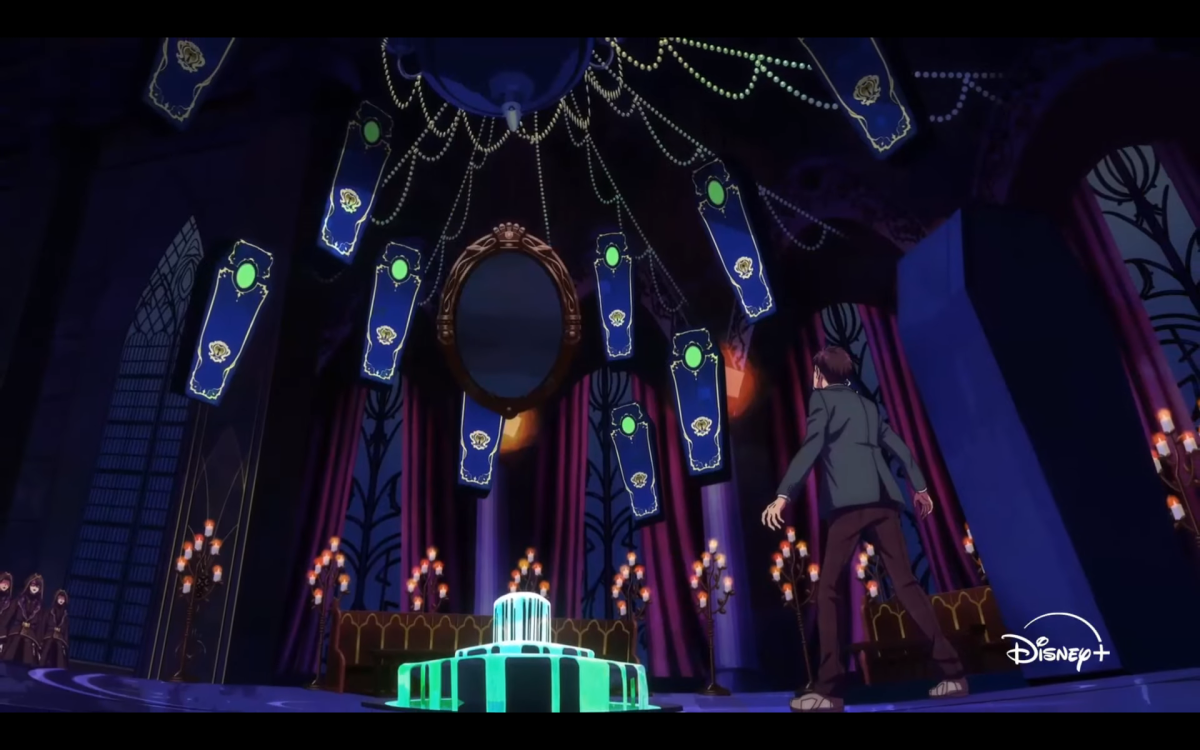Many may have heard of Día de los Muertos, or Day of the Dead, but few truly understand the cultural significance behind its observance. This multi-day Mexican tradition, celebrated on November 1 and 2, serves as a meaningful time to honor and remember deceased loved ones. Families build intricate Ofrendas (altars) adorned with marigolds, candles, photographs, and symbolic offerings such as sugar skulls and favorite foods of the departed. It may seem like a somber occasion, but it couldn’t be further from it. Día de los Muertos reflects a vibrant worldview in which death is viewed as a natural extension of life. It is a blend of Indigenous Aztec rituals with Spanish Catholic influence, promoting unity, remembrance, and cultural continuity.
The roots of Día de los Muertos began hundreds of years ago when Spanish conquistadors invaded America. Catholicism was forced upon the Indigenous people, however, after the Spaniards witnessed the Aztecs’ celebration of death, they started fusing Catholic holidays with Aztec traditions. According to the website, Day of the Dead, Spain’s festivals would include decorating graves, bringing food to gravesites, and lighting the way for the dead to return to their families. As time went on the fusion of these two spiritual practices evolved into the modern celebration that we see today.
Día de los Muertos holds key traditions and symbols that truly bring this observance to life, the first being the Ofrenda, or altar. You will find Mexican families setting up beautifully decorated altars in their home. They will fill them with photos of their lost loved ones, as well as their loved ones’ favorite food and drink. This was an Aztec tradition; they left water and food to help the deceased on their journey to the land of the dead. The second symbol is the marigold flower. Families place marigolds on the Ofrenda and on burial sites because it is believed that the flower’s intense color and pungent smell help guide the spirit back. Sugar skulls are also of significance to the tradition. You will find small skulls, meant to represent children and larger skulls to represent adults and elders. They are detailed and decorated with icing to create a bright and colorful scene. They are meant to be vibrant and full of color because it is not just a day about mourning, it is a day of remembrance. It allows families to share the stories of their loved ones and the impact their lives had.
Celebrating Día de los Muertos in the U.S. can be done respectfully by honoring the tradition and understanding the culture. Day of the Dead says most Mexicans enjoy when others are interested in their culture and want to get to know their traditions. Its beauty has gained recognition around the world. The holiday offers families a heartfelt way to honor and remember loved ones who have passed, focusing on celebration rather than sorrow. Preparations begin days in advance. These acts of love reflect a deep spiritual connection and a desire to keep memories alive. Once a year, it is believed that the veil between the living and the dead grows thin, allowing families to reunite in spirit — to share food, music, and laughter. Día de los Muertos reminds us that love transcends time, and remembrance keeps our ancestors close.
